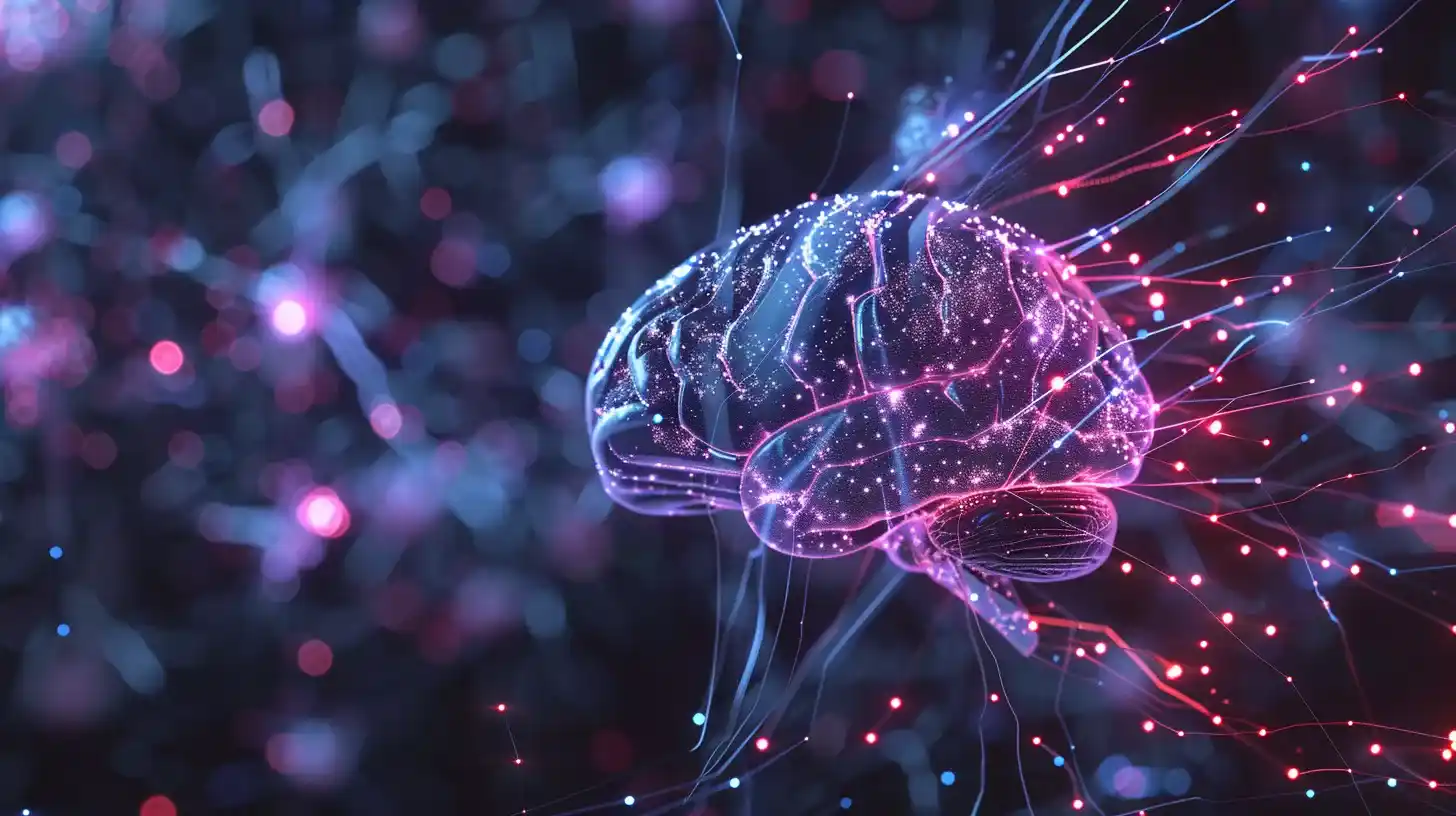Table of Contents
In the dynamic field of artificial intelligence, the fusion of neural networks with symbolic reasoning has emerged as a promising avenue for enhancing the capabilities of Large Language Models (LLMs).
These neurosymbolic approaches represent a groundbreaking paradigm shift, offering novel solutions to bridge the gap between LLMs and human-level intelligence. Led by researchers at the MIT Computer Science and Artificial Intelligence Laboratory (CSAIL), these innovative methods harness the power of natural language to unlock new frontiers in LLM development.
Understanding LLM Limitations and the Role of Neurosymbolic Methods
Despite their remarkable achievements in tasks such as language generation and sentiment analysis, traditional LLMs face significant challenges when tasked with complex reasoning and problem-solving. The inability to form robust abstractions and adapt to new concepts limits their effectiveness in navigating nuanced scenarios.
It offers a solution to these limitations by integrating natural language processing with symbolic reasoning, enabling LLMs to gain a deeper understanding of complex concepts and tasks.
LILO: Synthesizing Code Abstractions with Neurosymbolic Techniques
In the realm of programming, the LILO framework exemplifies the power of neurosymbolic methods in enhancing LLM capabilities. By combining the strengths of LLMs with algorithmic refactoring approaches, LILO leverages natural language to identify and document code abstractions effectively.
This synthesis of neural and symbolic techniques empowers LLMs to tackle programming tasks that require human-like commonsense knowledge, marking a significant advancement in software development.
Ada: Guiding AI Task Planning through Neurosymbolic Integration
Inspired by the visionary mathematician Ada Lovelace, the Ada framework represents a milestone in its research, particularly in AI task planning. By leveraging natural language to guide the creation of task-specific plans, Ada enables LLMs to reason about complex tasks and execute sequential decision-making with precision.
This seamless integration of neural and symbolic approaches propels LLMs towards human-level performance in virtual environments, offering new possibilities for AI applications.

LGA: Enhancing Robotic Perception with its Techniques
In the domain of robotics, the Language-Guided Abstraction (LGA) method showcases the transformative potential of neurosymbolic approaches. By leveraging natural language to interpret and abstract complex environments, LGA enables robots to navigate unstructured settings with human-like intuition.
This fusion of neural network capabilities with symbolic reasoning facilitates seamless human-robot interaction, opening new avenues for collaborative robotics in diverse scenarios.
The Future of Neurosymbolic LLM Development
The pioneering work of CSAIL researchers in advancing neurosymbolic approaches heralds a new era in LLM development. By harnessing the synergy between neural networks and symbolic reasoning, these methods offer a pathway toward enhancing LLM capabilities and bridging the gap between artificial and human intelligence. As researchers continue to explore the potential of neurosymbolic integration, the future of LLM development appears promising, with unprecedented opportunities for innovation and progress in artificial intelligence.
In conclusion, the fusion of neural networks with symbolic reasoning in its approaches represents a significant breakthrough in LLM development. These methods, spearheaded by researchers at CSAIL, harness the power of natural language to enhance LLM capabilities across various domains.
From programming to AI task planning and robotics, neurosymbolic methods pave the way for more sophisticated AI systems that exhibit human-like reasoning and problem-solving abilities. As the field continues to evolve, the integration of neural and symbolic approaches promises to unlock new frontiers in artificial intelligence, driving innovation and progress toward the realization of truly intelligent machines.
FAQs
What is a neurosymbolic system?
Neurosymbolic AI refers to AI systems that seek to integrate neural network-based methods with symbolic knowledge-based approaches.
We present two perspectives to understand the need for this combination better: (1) algorithmic-level considerations, e.g., ability to support abstraction, analogy, and long-term planning.
Is Neuro-Symbolic AI the future?
The integration of connectionist machine learning with interpretable symbolic logic promises to propel automated reasoning to unprecedented heights.
By coordinating their complementary capabilities, hybrid neuro-symbolic systems can grapple with multifaceted real-world complexity beyond today’s AI.
What is neuro-symbolic logic?
Neuro-symbolic AI blends traditional AI with neural networks, making it adept at handling complex scenarios. It combines symbolic logic for understanding rules with neural networks for learning from data, creating a potent fusion of both approaches.
What is the neuro-symbolic link?
In the ever-evolving world of Artificial Intelligence (AI), a new paradigm is emerging: Neuro-Symbolic AI. This innovative approach aims to bridge the gap between two traditionally distinct fields: neural networks, which excel at learning from data, and symbolic AI, which excels at reasoning with knowledge.
What are the benefits of Neuro-Symbolic AI?
Neuro-symbolic AI combines neural networks and symbolic reasoning, offering enhanced problem-solving capabilities. It bridges the gap between human-like understanding and machine learning, paving the way for more versatile and interpretable AI systems.
What is a Neuro-Symbolic AI?
Neuro-symbolic AI is a form of composite AI that combines machine learning methods and symbolic systems for example, knowledge graphs to create more robust and trustworthy AI models.